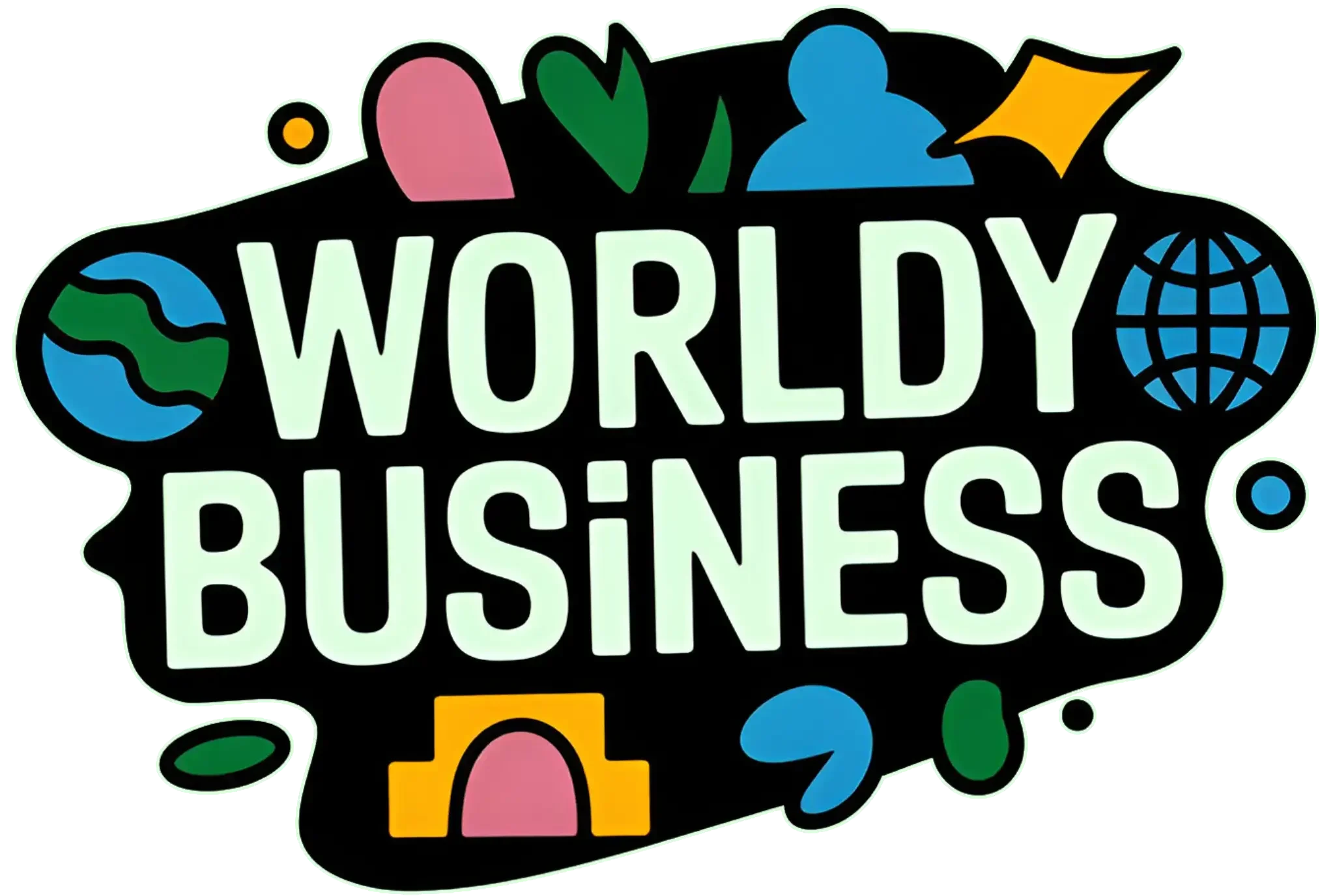Navigating Global Business Risks: Strategies for Success
| Risk Type | Description | Impact |
|---|---|---|
| Political | Government instability, policy changes | High |
| Economic | Currency fluctuations, market volatility | Medium to High |
| Cultural | Misunderstandings, communication barriers | Medium |
When venturing into Global Markets, businesses face a myriad of risks that can impact their operations. Let’s explore the key challenges:

#RiskManagement, #GlobalBusiness, #BusinessStrategy
- Political instability and regulatory changes
- Economic fluctuations and market volatility
- Cultural differences and communication barriers
- Supply chain disruptions
“In the world of global business, the only constant is change. Successful companies are those that can anticipate and adapt to risks quickly.” – Peter Drucker
FAQ: Global Business Risk Management
Q: What is the most significant global business risk?
A: Political instability often poses the most significant risk, as it can lead to sudden policy changes and economic turmoil.
Q: How can companies mitigate currency risk?
A: Companies can use hedging strategies, diversify their currency holdings, and maintain flexible pricing policies.
Q: What role does cultural intelligence play in risk management?
A: Cultural intelligence is crucial for avoiding misunderstandings and building strong relationships with local partners and customers.
Strategies for Mitigating Global Business Risks

To effectively manage global business risks, consider these practical steps:
“Mastering Global Business Risks: Diversification, Compliance, Partnerships, and Tech-Driven Resilience”
- Conduct thorough market research and risk assessments
- Develop a robust risk management plan
- Diversify operations across multiple markets
- Build strong local partnerships
- Invest in cultural training for employees
According to a recent study by McKinsey, companies that proactively manage global risks are 20% more likely to achieve above-average growth rates.
Leveraging Technology in Risk Management
Innovation & Tech plays a crucial role in modern risk management strategies. Here’s how:
- AI-powered predictive analytics for market trends
- Blockchain for secure and transparent transactions
- IoT devices for real-time supply chain monitoring
- Cloud-based collaboration tools for global team coordination
“Technology is not just a tool for efficiency; it’s a strategic asset in navigating the complexities of global business risks.” – Satya Nadella, CEO of Microsoft
FAQ: Technology in Global Risk Management
Q: How does AI help in risk assessment?
A: AI can analyze vast amounts of data to identify patterns and predict potential risks before they materialize.
Q: What benefits does blockchain offer in international trade?
A: Blockchain enhances transparency, reduces fraud, and streamlines cross-border transactions.
Q: How can IoT improve supply chain risk management?
A: IoT devices provide real-time tracking and monitoring, enabling quick responses to disruptions.
The Role of Leadership in Global Risk Management
Effective Leadership & Strategy is paramount in navigating global business risks. Leaders must:
- Foster a culture of risk awareness
- Encourage cross-cultural communication
- Implement agile decision-making processes
- Invest in continuous learning and adaptation
A survey by PwC found that 73% of CEOs believe that global business risks are increasing, highlighting the need for strong leadership in risk management.
Learning from Startup Agility
Startup Insights can provide valuable lessons in managing global risks:
- Embrace flexibility and rapid pivoting
- Utilize lean methodologies for quick market testing
- Leverage digital platforms for cost-effective global reach
- Build diverse, cross-functional teams
By adopting these strategies and staying informed about global trends, businesses can turn potential risks into opportunities for growth and innovation in the international marketplace.
| Risk Type | Description | Impact |
|---|---|---|
| Political | Government instability, policy changes | High |
| Economic | Currency fluctuations, market volatility | Medium to High |
| Cultural | Misunderstandings, communication barriers | Medium |
When venturing into Global Markets, businesses face a myriad of risks. Understanding these challenges is crucial for developing effective risk management strategies.
- Identify potential risks specific to your industry and target markets
- Assess the likelihood and potential impact of each risk
- Prioritize risks based on their severity and probability
- Develop mitigation strategies for high-priority risks
“In the world of global business, the only constant is change. Successful companies are those that can anticipate and adapt to risks quickly.” – Peter Drucker, Management Guru
Q: What are the most common risks in global business?
A: The most common risks include political instability, economic fluctuations, cultural differences, and regulatory changes.
Q: How can companies assess global business risks?
A: Companies can assess risks through market research, local partnerships, and utilizing risk assessment tools and frameworks.
Q: What role does technology play in risk management?
A: Technology plays a crucial role in risk management by providing real-time data, predictive analytics, and automated risk monitoring systems.
Implementing Effective Risk Management Strategies

| Strategy | Benefits | Challenges |
|---|---|---|
| Diversification | Spreads risk across markets | Requires significant resources |
| Local Partnerships | Provides local expertise | Potential for conflicting interests |
| Insurance | Offers financial protection | Can be costly for comprehensive coverage |
Implementing robust risk management strategies is essential for businesses operating in the global arena. Leadership & Strategy plays a pivotal role in this process.
“Steering Stability: Leadership’s Role in Global Risk Management”
- Develop a comprehensive risk management plan
- Establish clear communication channels across global operations
- Invest in employee training on risk awareness and mitigation
- Regularly review and update risk management strategies
“The biggest risk is not taking any risk… In a world that’s changing really quickly, the only strategy that is guaranteed to fail is not taking risks.” – Mark Zuckerberg, CEO of Meta
FAQ: Implementing Risk Management Strategies
Q: How often should risk management strategies be reviewed?
A: Risk management strategies should be reviewed at least annually, with more frequent assessments in rapidly changing markets.
Q: What role do employees play in risk management?
A: Employees are crucial in identifying and reporting potential risks, making training and open communication essential.
Q: How can small businesses effectively manage global risks?
A: Small businesses can manage global risks by focusing on niche markets, leveraging technology, and forming strategic partnerships.
Leveraging Technology for Risk Mitigation
| Technology | Application | Impact |
|---|---|---|
| AI and Machine Learning | Predictive risk analysis | High |
| Blockchain | Secure transactions and traceability | Medium to High |
| IoT | Real-time monitoring and alerts | Medium |
In today’s digital age, Innovation & Tech plays a crucial role in risk management. Leveraging cutting-edge technologies can significantly enhance a company’s ability to identify, assess, and mitigate global business risks.
- Implement AI-powered risk assessment tools
- Utilize blockchain for secure and transparent international transactions
- Deploy IoT devices for real-time monitoring of global supply chains
- Invest in cybersecurity measures to protect against digital threats
“Technology is nothing. What’s important is that you have a faith in people, that they’re basically good and smart, and if you give them tools, they’ll do wonderful things with them.” – Steve Jobs, Co-founder of Apple
FAQ: Technology in Risk Management
Q: How can AI improve risk management in global business?
A: AI can analyze vast amounts of data to identify patterns and predict potential risks, enabling proactive risk management.
Q: What are the benefits of blockchain in managing global business risks?
A: Blockchain provides enhanced security, transparency, and traceability in international transactions, reducing financial and operational risks.
Q: How does IoT contribute to risk mitigation in global supply chains?
A: IoT devices enable real-time tracking and monitoring of goods, helping companies quickly identify and respond to supply chain disruptions.
As global business landscapes continue to evolve, effective risk management remains a critical factor for success. By understanding potential risks, implementing robust strategies, and leveraging innovative technologies, companies can navigate the complexities of international markets with confidence. Remember, in the world of global business, being prepared is not just an advantage – it’s a necessity.
For entrepreneurs looking to expand globally, Startup Insights can provide valuable perspectives on managing risks in new markets. By combining strategic planning, technological innovation, and a proactive approach to risk management, businesses can turn global challenges into opportunities for growth and success.
Risk Management Strategies for Global Business: Navigating Uncertainty
| Risk Type | Description | Impact |
|---|---|---|
| Political | Government instability, policy changes | High |
| Economic | Currency fluctuations, market volatility | Medium to High |
| Operational | Supply chain disruptions, cultural differences | Medium |
When venturing into Global Markets, businesses face a myriad of risks. Here’s a breakdown of the main challenges:
- Political instability and regulatory changes
- Economic fluctuations and currency risks
- Cultural differences and communication barriers
- Supply chain vulnerabilities
“In the world of global business, the only constant is change. Successful risk management is about anticipating and adapting to that change.” – Peter Drucker
Q: What is the most significant risk in global business?
A: Political risk often tops the list, as it can dramatically impact operations and profitability.
Q: How can companies mitigate currency risk?
A: Hedging strategies, diversifying currency holdings, and local partnerships can help manage currency fluctuations.
Q: Why is cultural awareness crucial in risk management?
A: Understanding local cultures helps prevent misunderstandings and operational hiccups, reducing overall business risk.
Innovative Risk Management Strategies
| Strategy | Benefits | Implementation Difficulty |
|---|---|---|
| AI-powered risk assessment | Real-time insights, predictive analysis | High |
| Blockchain for supply chain | Transparency, traceability | Medium |
| Scenario planning | Preparedness, strategic flexibility | Low |
Embracing Innovation & Tech is crucial for effective risk management. Consider these cutting-edge approaches:
- Implement AI-driven risk assessment tools
- Utilize blockchain technology for supply chain transparency
- Develop comprehensive scenario planning exercises
- Adopt agile methodologies for quick pivots
“Innovation distinguishes between a leader and a follower. In risk management, innovative thinking is your best defense.” – Steve Jobs
FAQ: Innovative Risk Management
Q: How does AI improve risk management?
A: AI can analyze vast amounts of data to identify patterns and predict potential risks more accurately than traditional methods.
Q: What’s the role of blockchain in risk mitigation?
A: Blockchain enhances supply chain transparency, reducing the risk of fraud and improving traceability.
Q: Why is scenario planning important?
A: It helps businesses prepare for various potential outcomes, improving resilience and decision-making in uncertain situations.
Leadership’s Role in Global Risk Management

| Leadership Trait | Impact on Risk Management |
|---|---|
| Visionary thinking | Anticipates future risks and opportunities |
| Adaptability | Enables quick responses to changing environments |
| Cultural intelligence | Mitigates risks associated with global operations |
Effective Leadership & Strategy is paramount in navigating global business risks. Leaders should:
“Mastering Global Business Risks: Leadership, Strategy, and Proactive Risk Management”
- Foster a culture of risk awareness
- Encourage cross-functional collaboration
- Invest in continuous learning and adaptation
- Prioritize transparent communication
“The art of leadership is saying no, not saying yes. It is very easy to say yes.” – Tony Blair
FAQ: Leadership in Risk Management
Q: How can leaders create a risk-aware culture?
A: By promoting open communication, rewarding proactive risk identification, and leading by example in risk management practices.
Q: What skills should global business leaders develop?
A: Cultural intelligence, adaptability, and the ability to navigate complex regulatory environments are crucial.
Q: How often should risk management strategies be reviewed?
A: Regularly, at least quarterly, with more frequent reviews in rapidly changing environments.

For Startup Insights on risk management, remember that agility and innovation are your greatest assets. Embrace uncertainty as an opportunity for growth and differentiation in the global marketplace.



